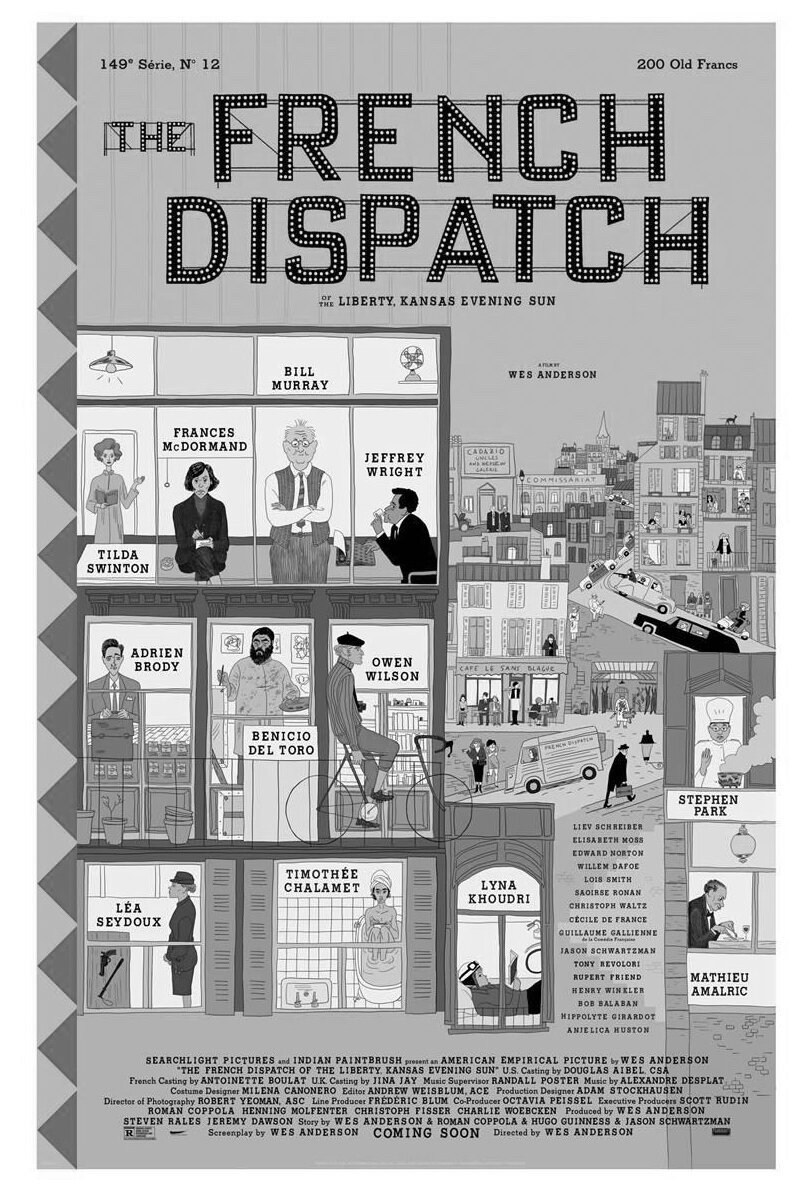Shyaki Shyaki
Onomatopoeia are a communication tool that allow speakers to be magically clear, quick and descriptive.
They are significantly more important to the Japanese language (there are ~12,000) compared to English (there are ~3,000).
Some level of understanding Japanese onomatopeia is essential to popular media types including ... manga, digital stickers and television commercials.
Last week a friend and I attended a virtual workshop on Japanese "onomatopeh" ( オノマトペ ) at the Japan Society in New York, and one of the examples used in class from a McDonalds television commercial has me thinking about Japan-ness and advertising.
It opens with two wacky characters (over-aged ping pong players, one wearing a bad wig) shouting "come on!" in English and then running away from the camera.
As they run, they pass through a series of montages that show the onomatopeic words for "spicy" (kari-kari) and "melty" (toro-toro) and "crispy" (shyaki-shyaki) up against images of the ingredients of a bulging, mayo-y McDonald's spicy chicken sandwich.
The closing sound effects include leveling-up on a video game, a celebratory caw and the McDonalds sound logo (whistled).
The spot grabs attention.
It stirs appetite.
And it completely end-runs around any kind of rational thinking about what would make one want to consume a spicy chicken sandwich.
Just pictures and sound words.
Oh wait … the price is ¥200. So there is one appeal to the left brain.
Anyway, one takeaway is that onomatopoeic words work fast, perhaps like visual communication. Neuroscientists have demonstrated that the brain can “see” images in fractions of a second. Maybe brains can “hear” non-words this way, too - more like music than language.
This matters because the commercial I am describing is a 15-second spot. From a media-buying perspective, it is one of the shortest and lowest out-of-pocket cost forms of TV advertising. So it has to work fast.
This commercial combines a deep understanding of linguistics and neuroscience to sell spicy chicken sandwiches with optimal efficacy. And it is SO entertaining.
See for yourself … https://www.youtube.com/watch?v=ihC3Rlcvf0g







